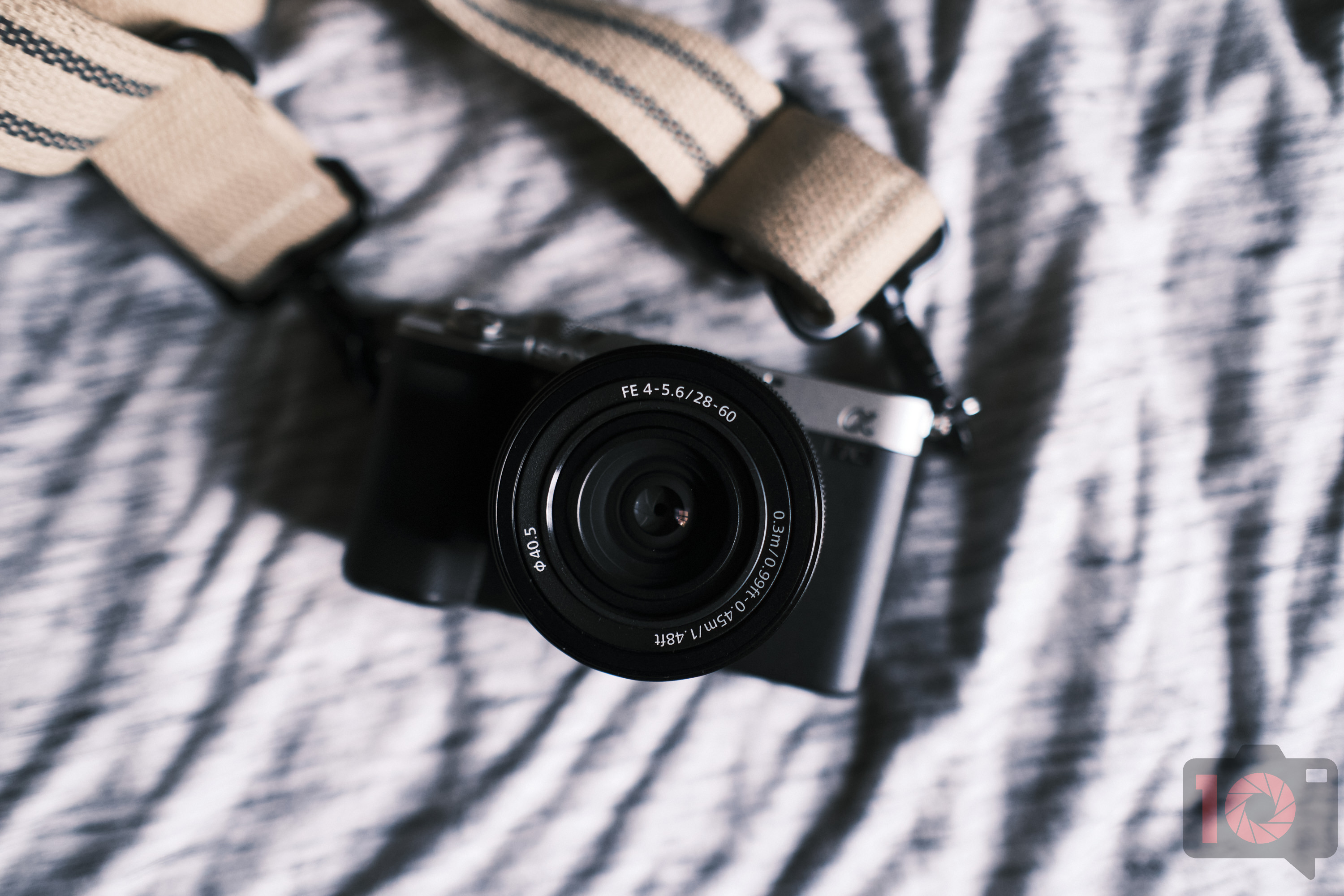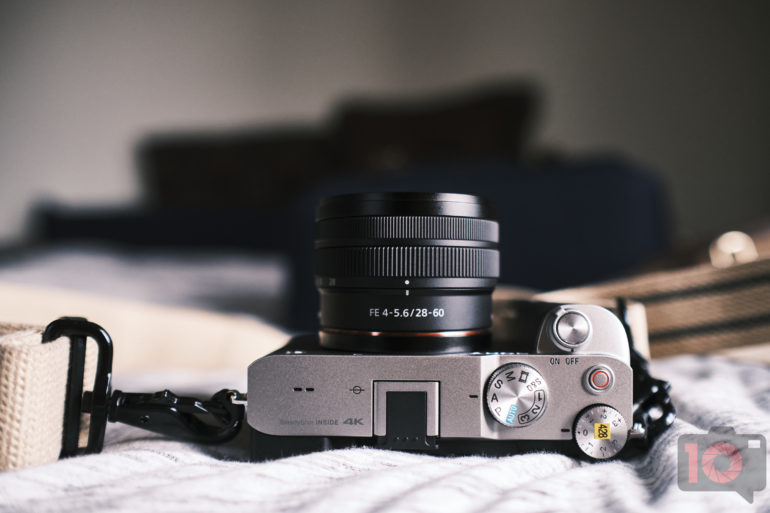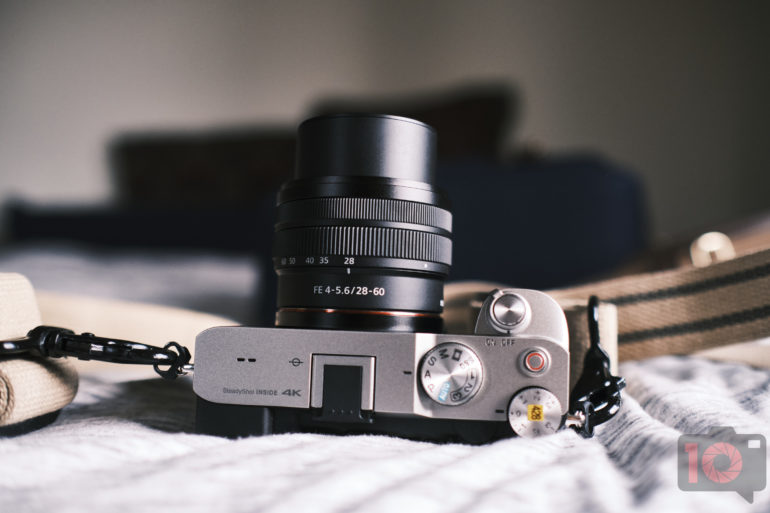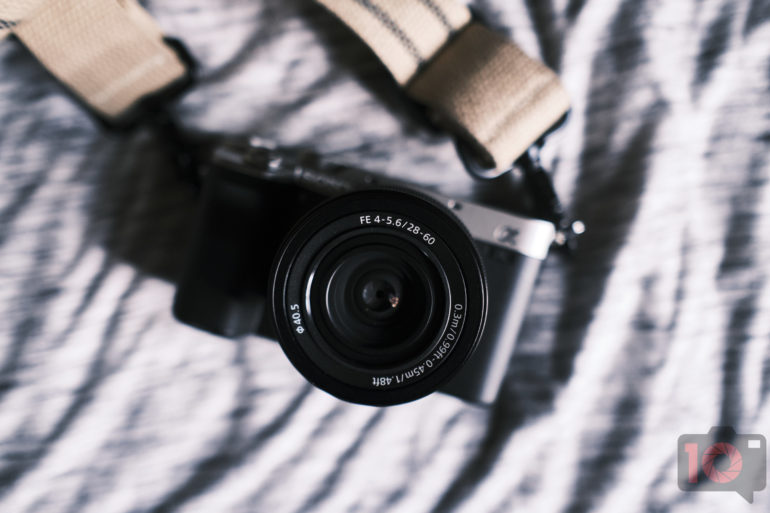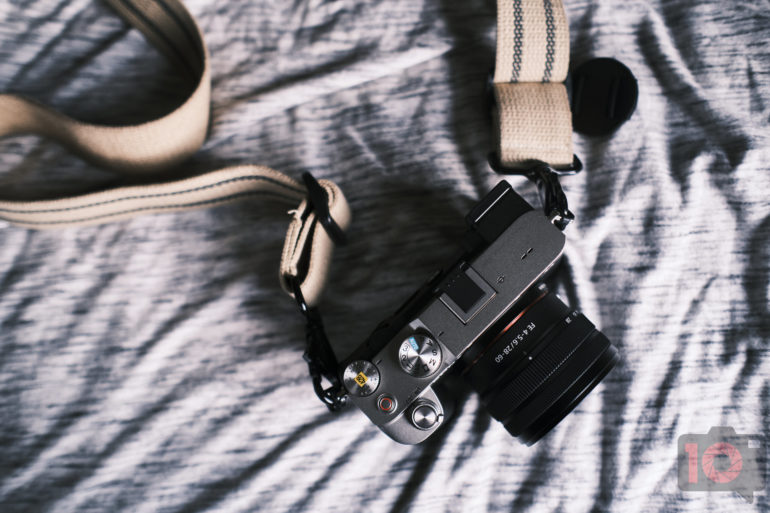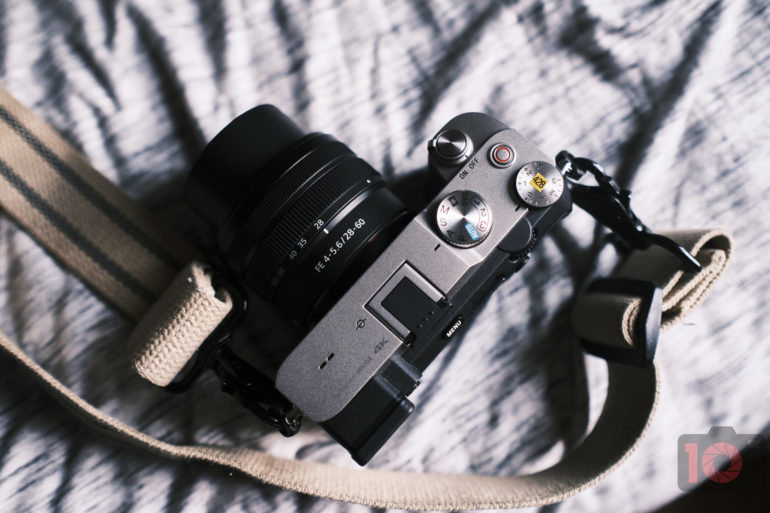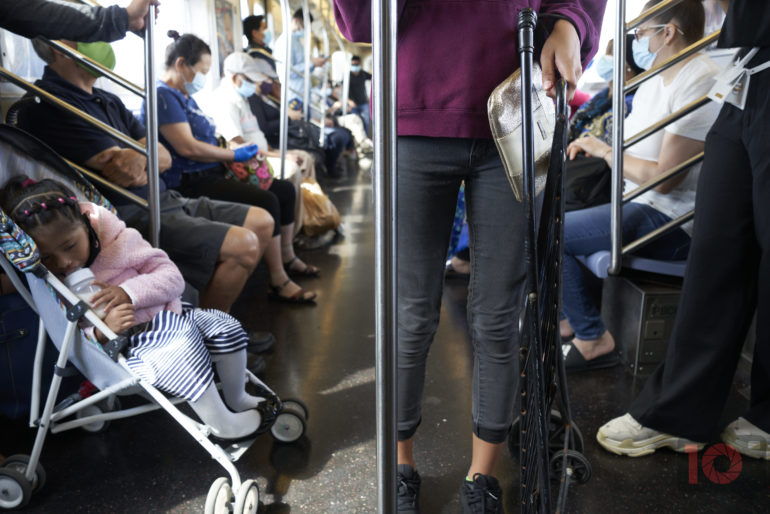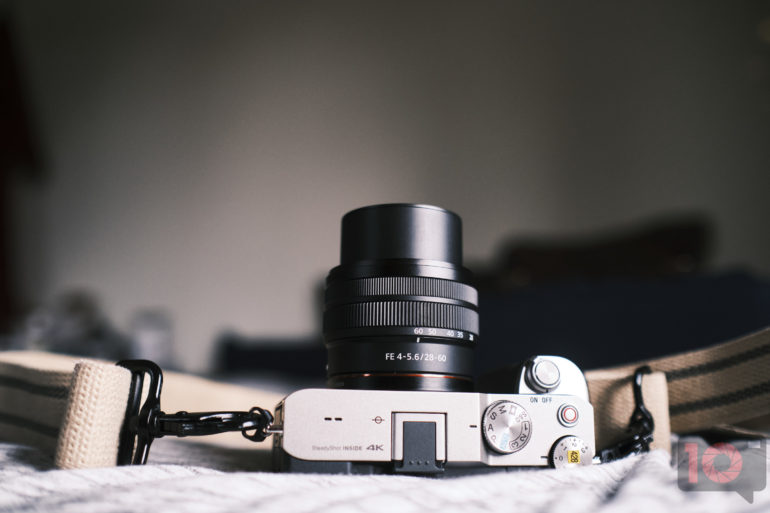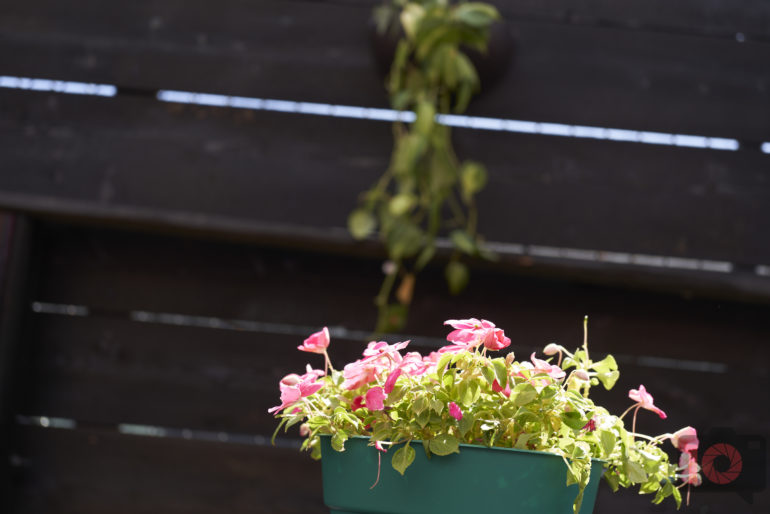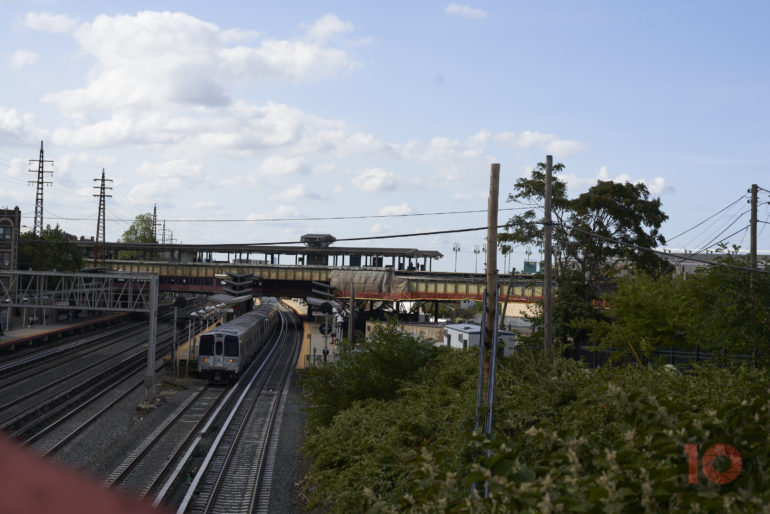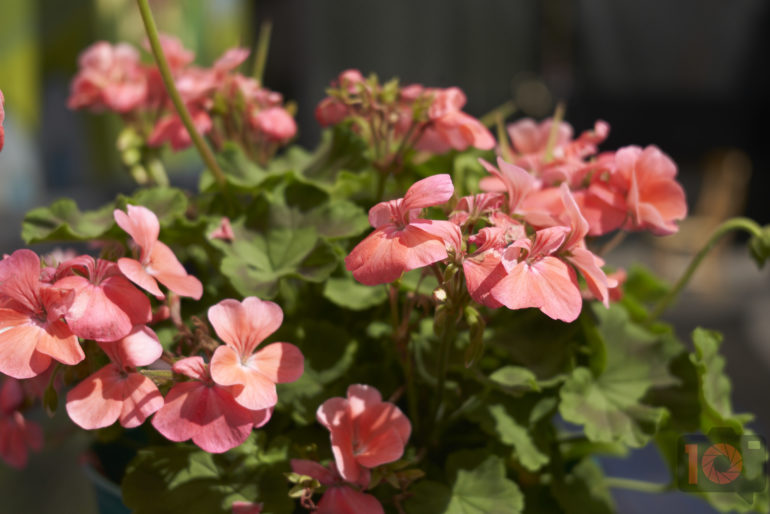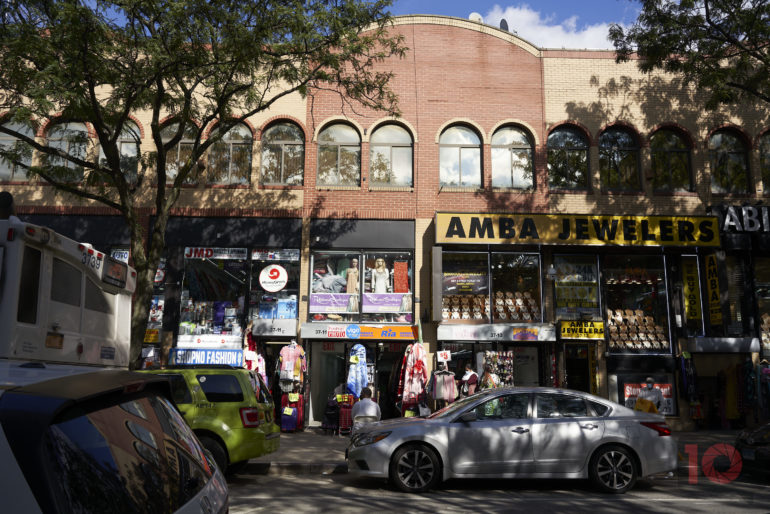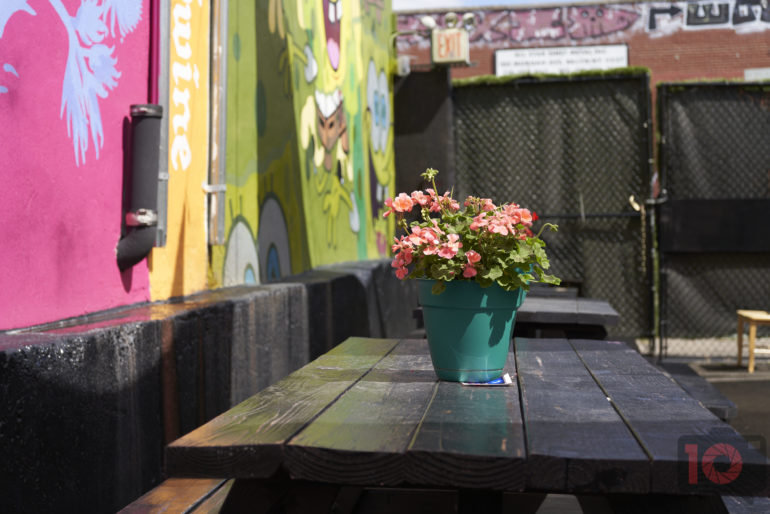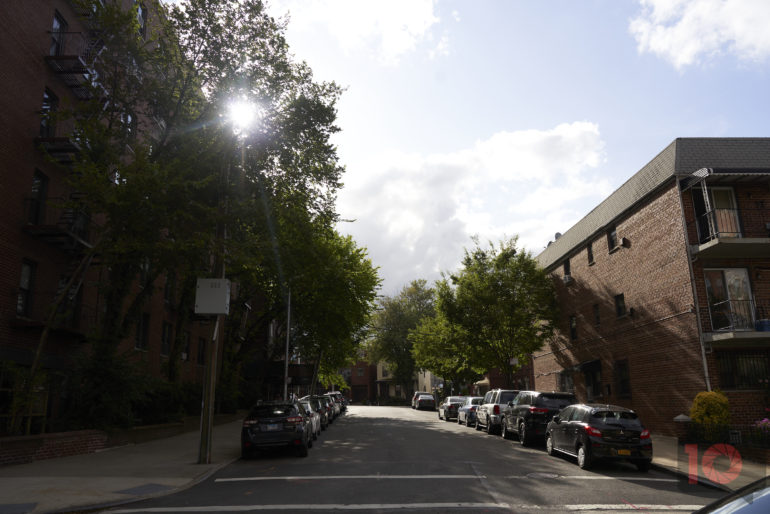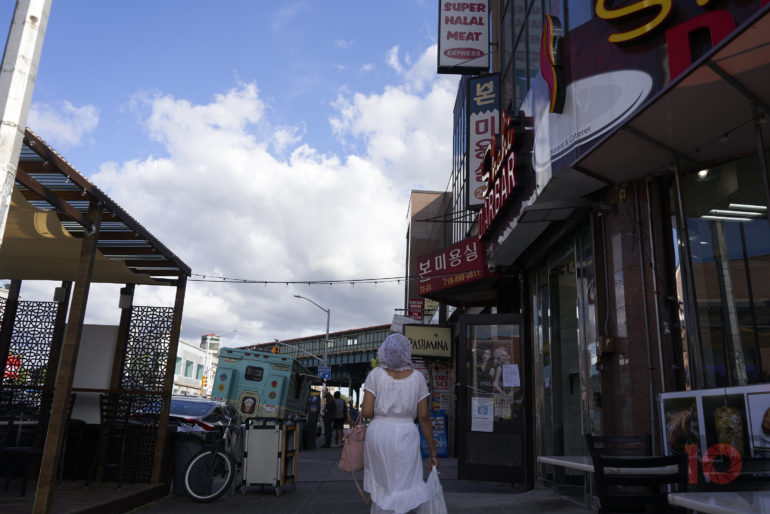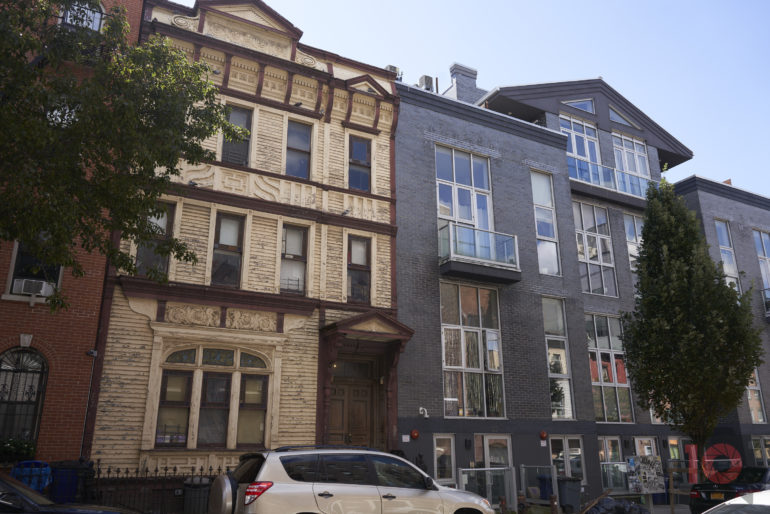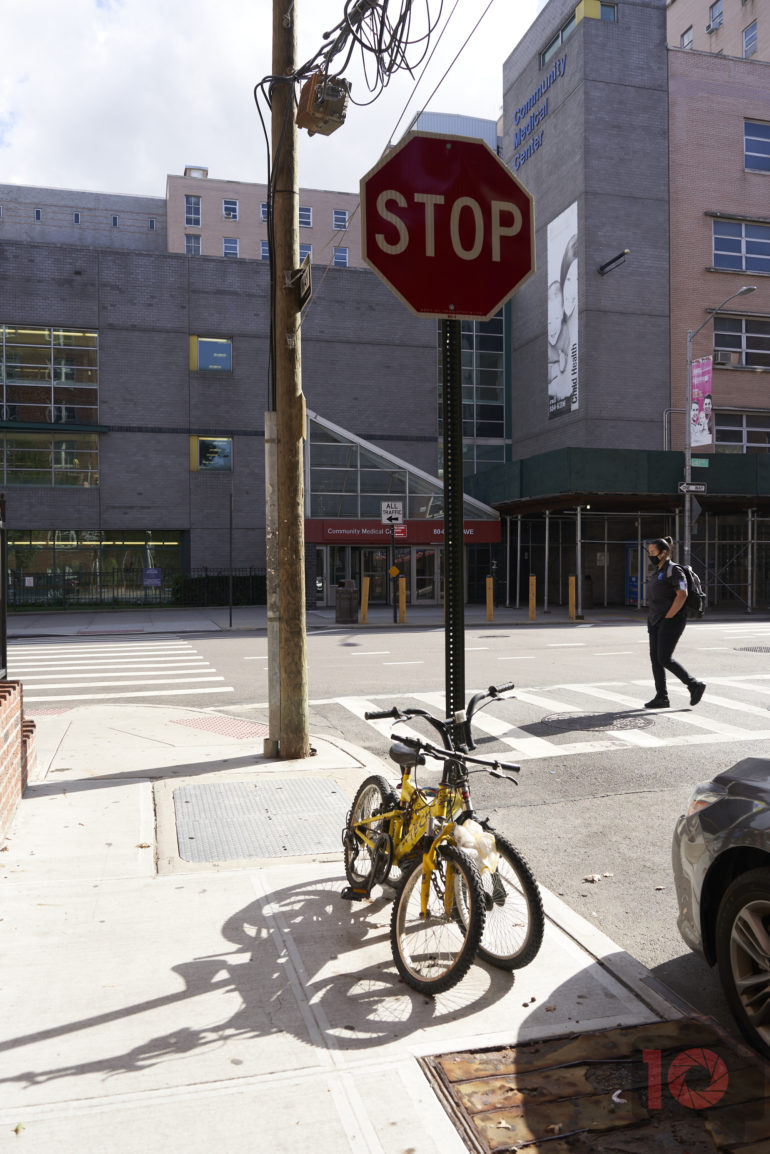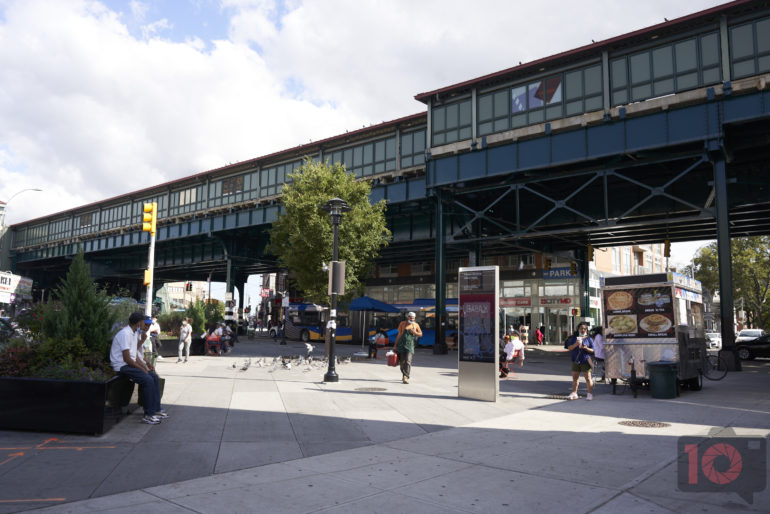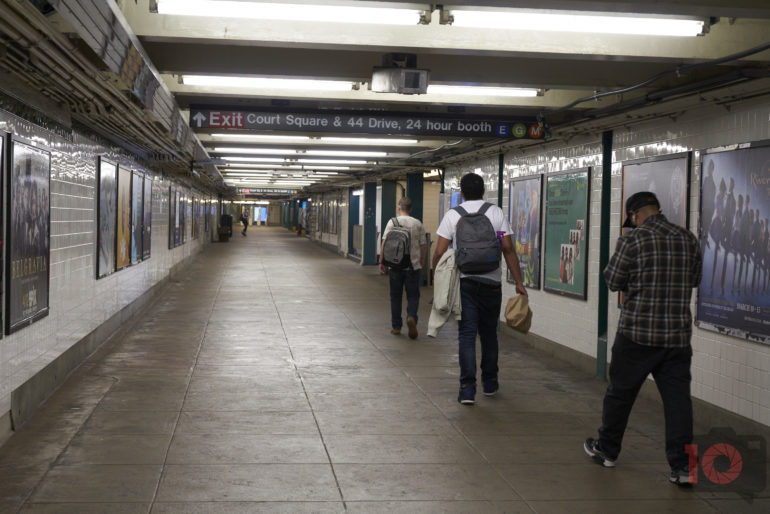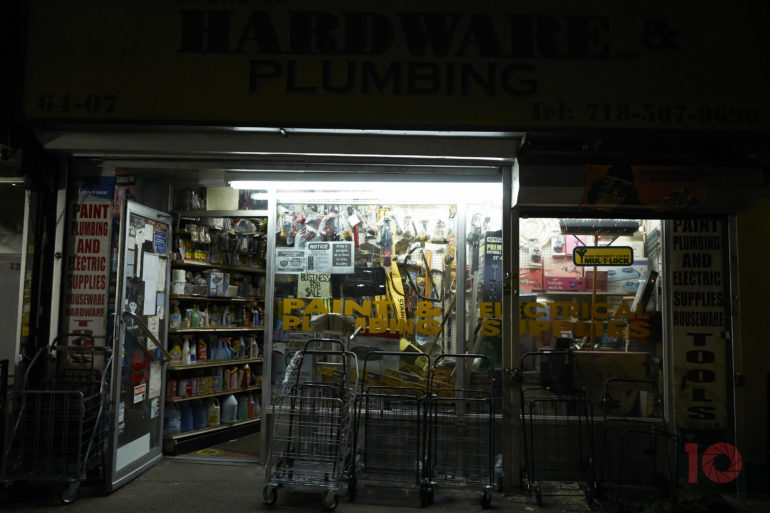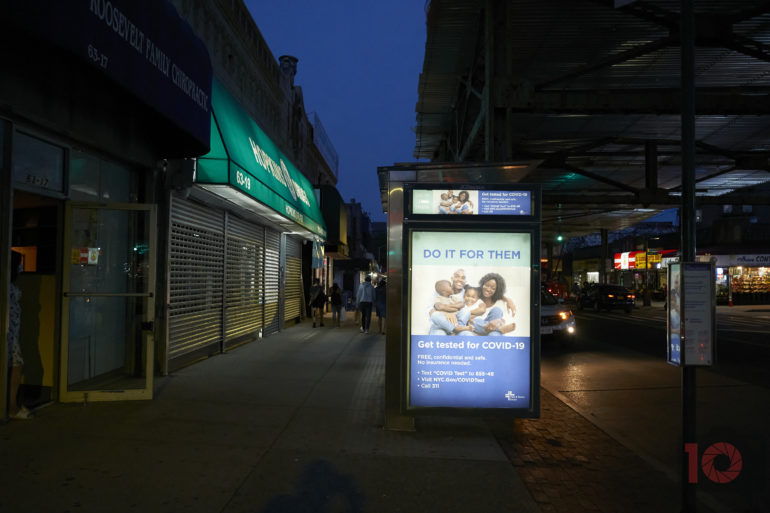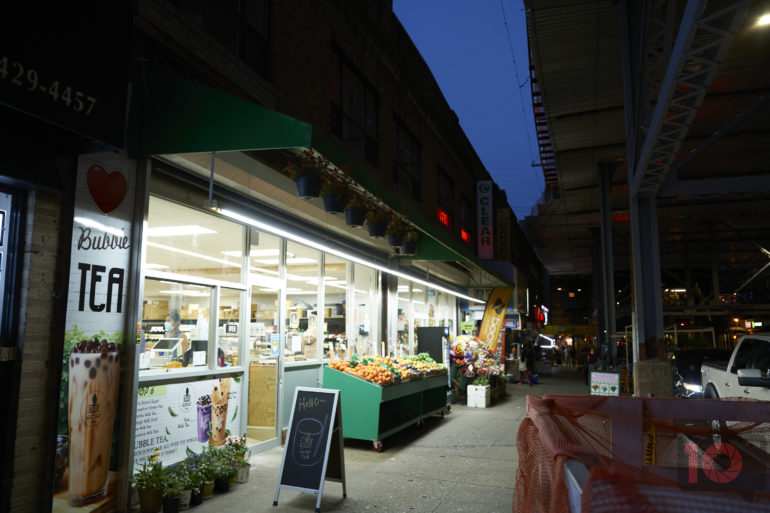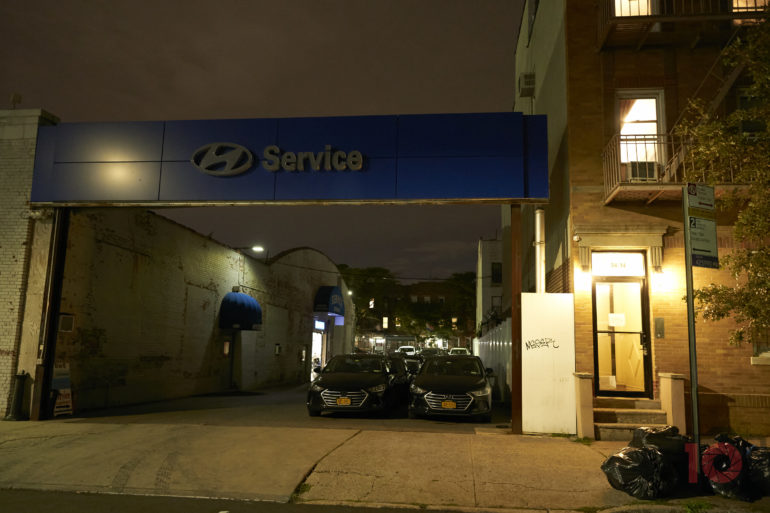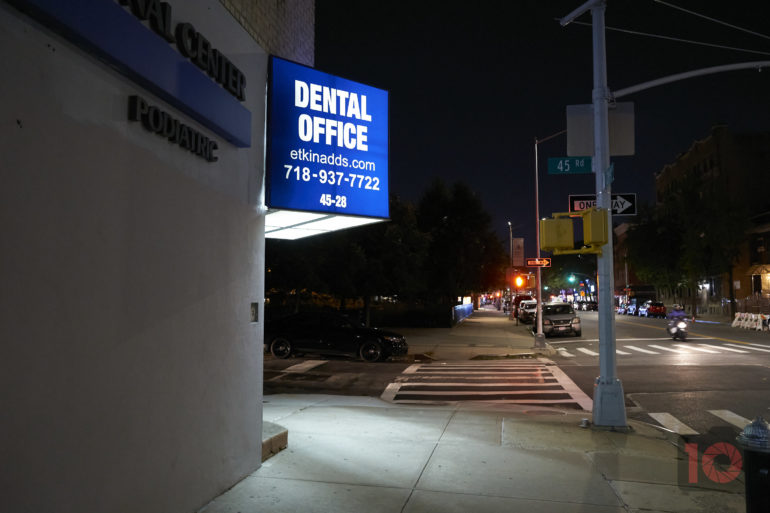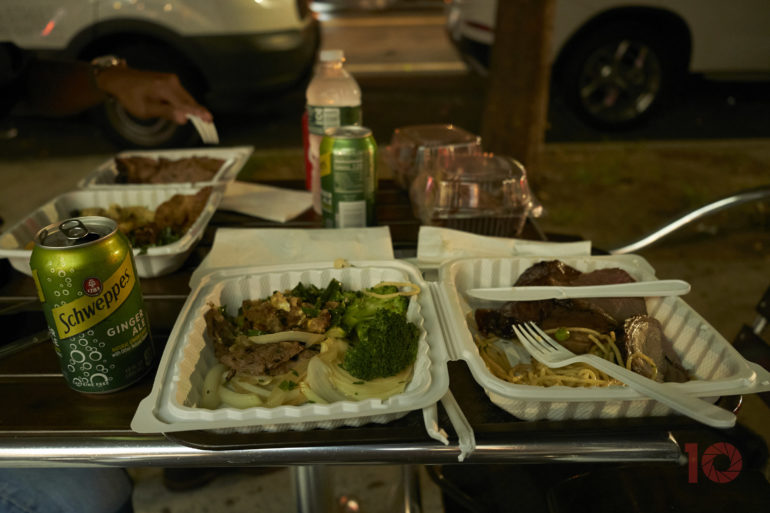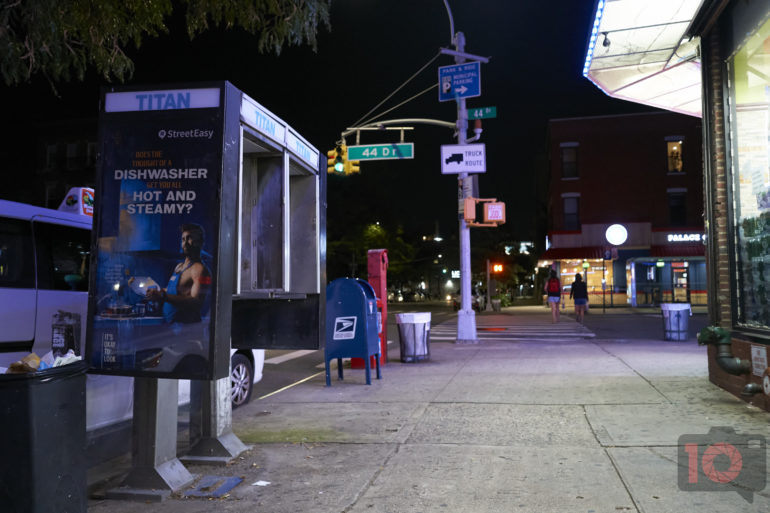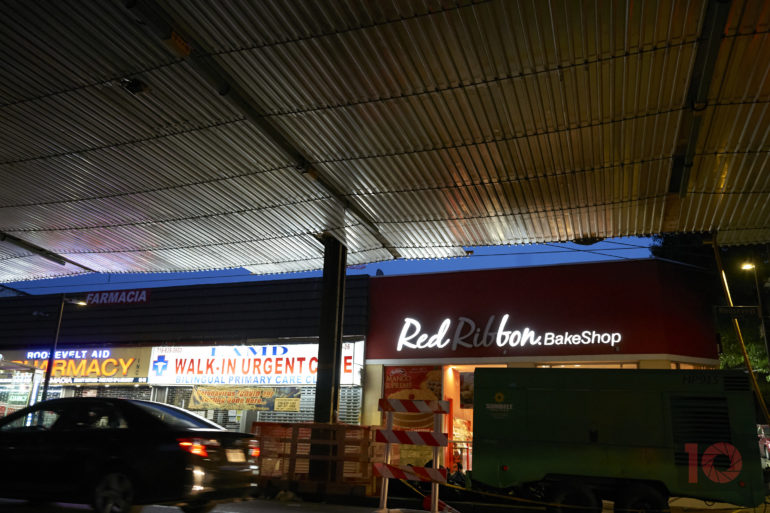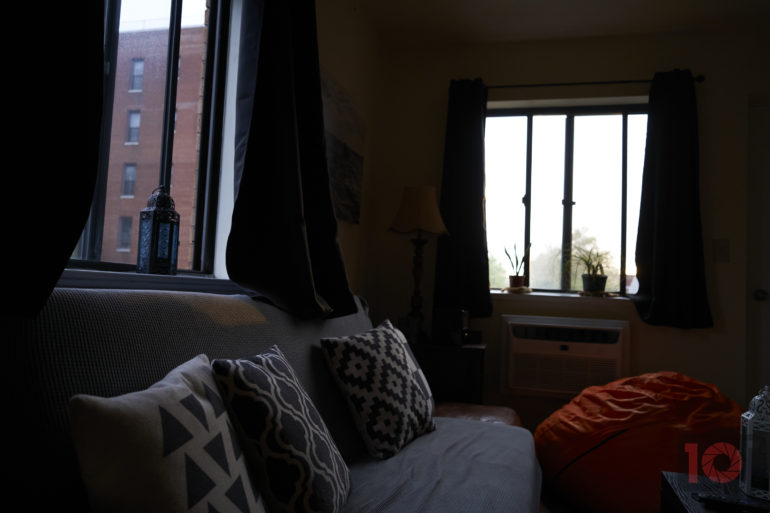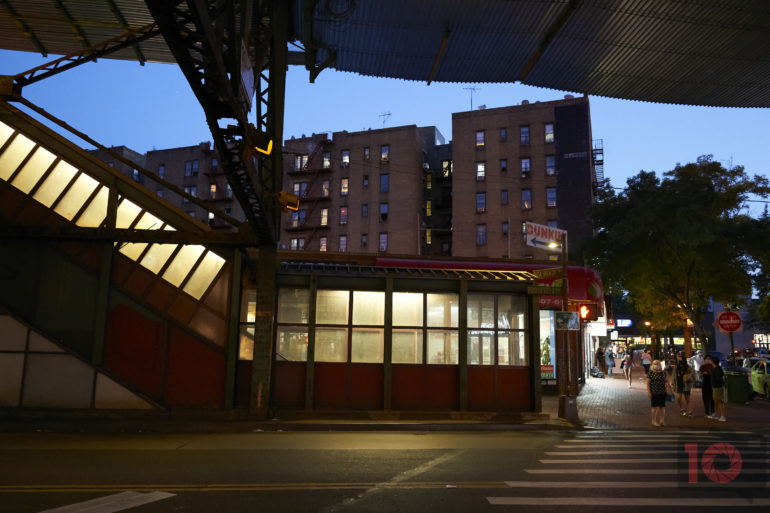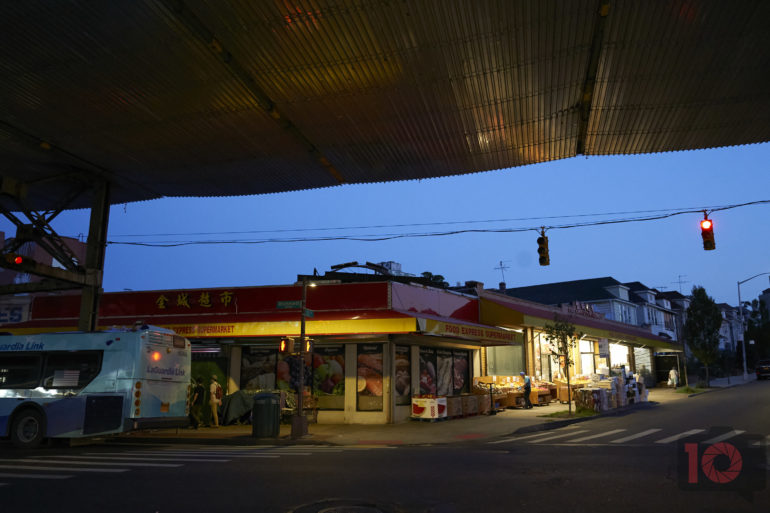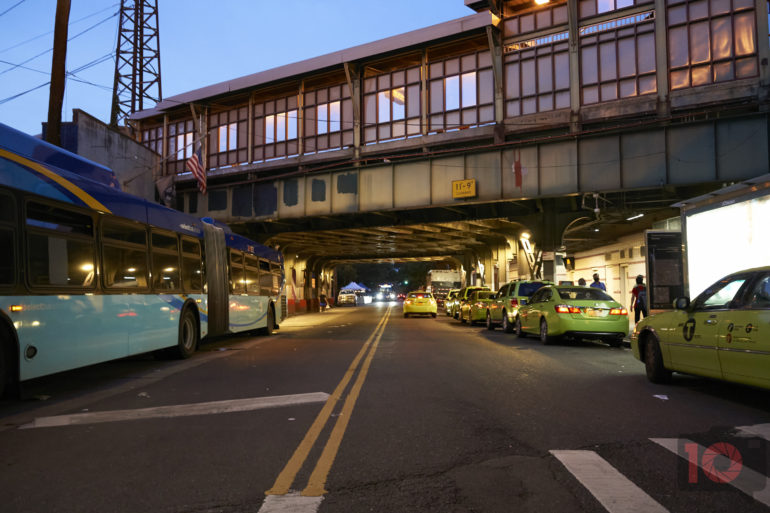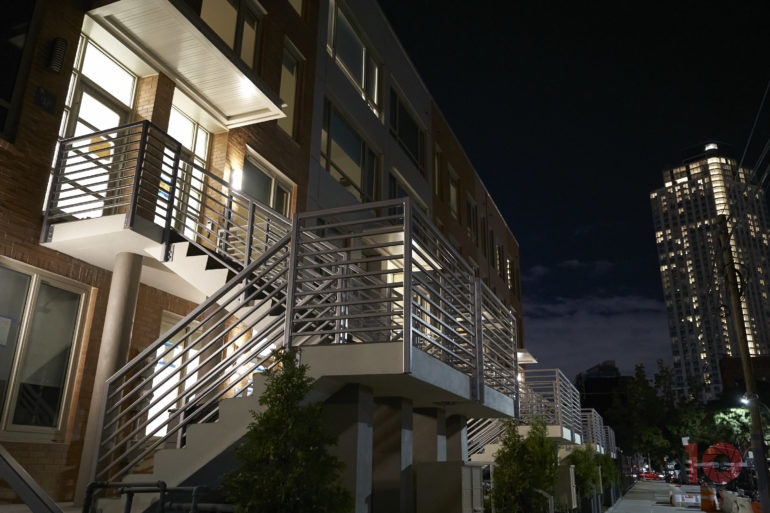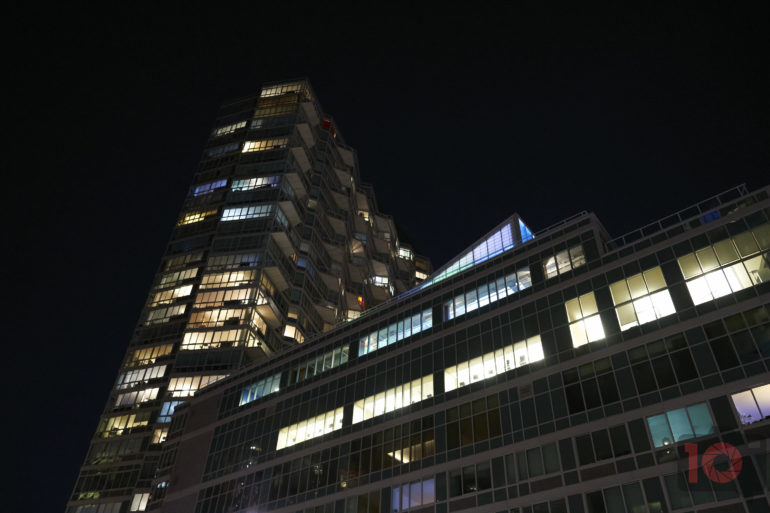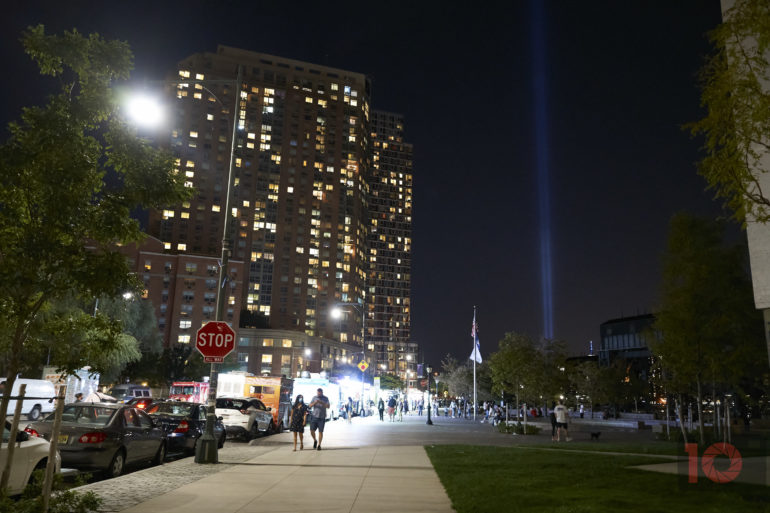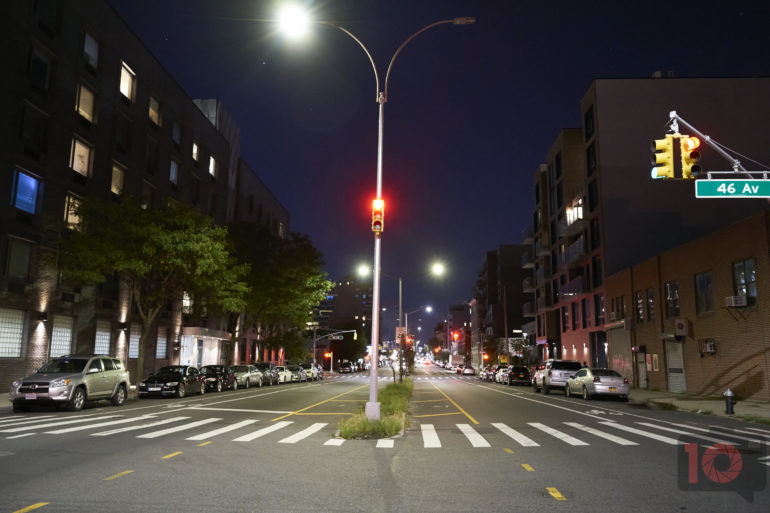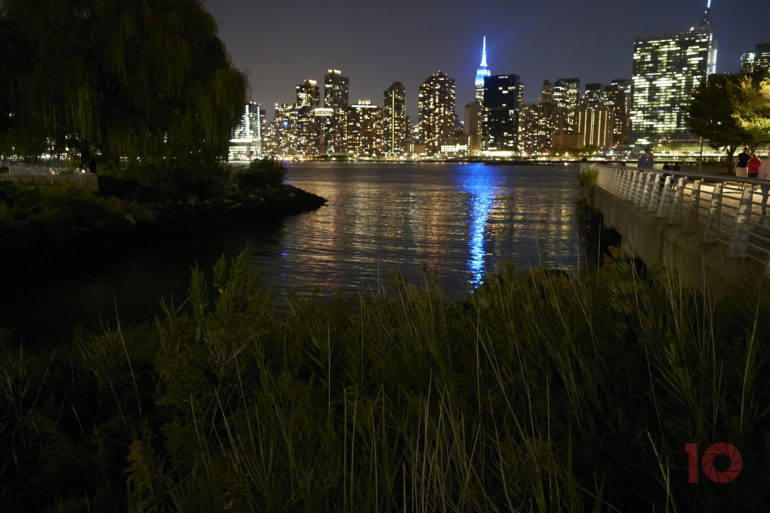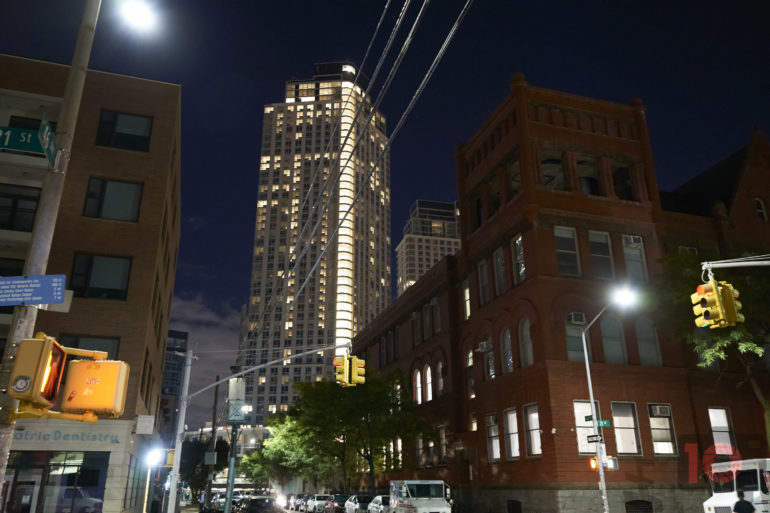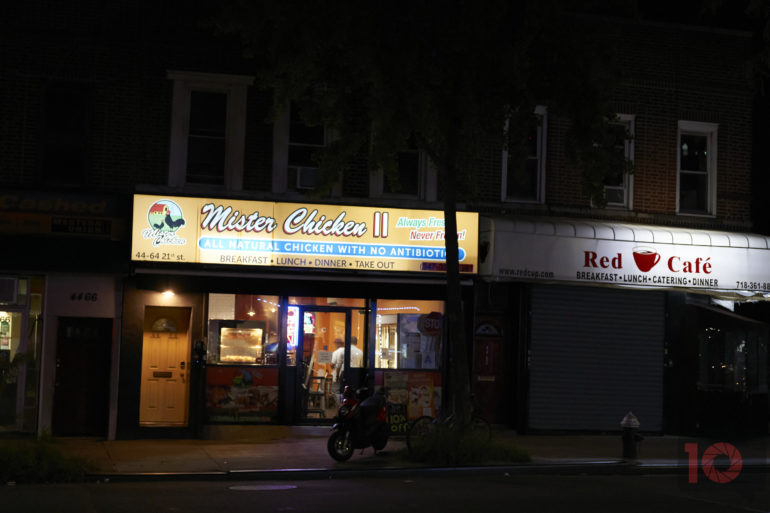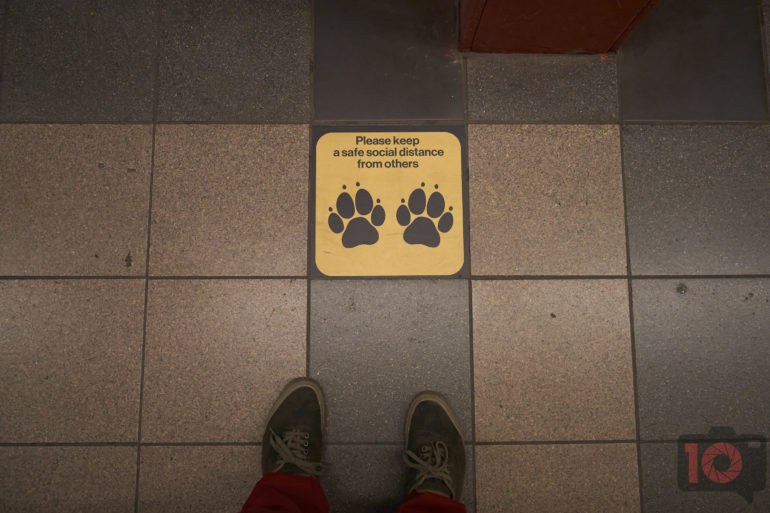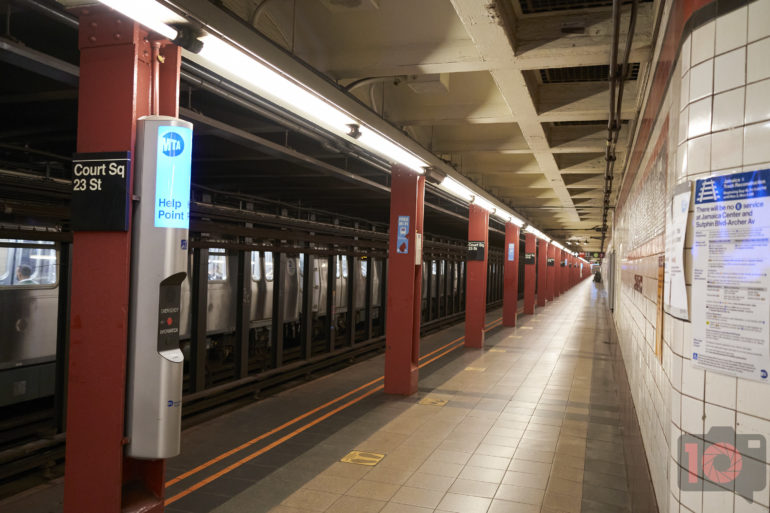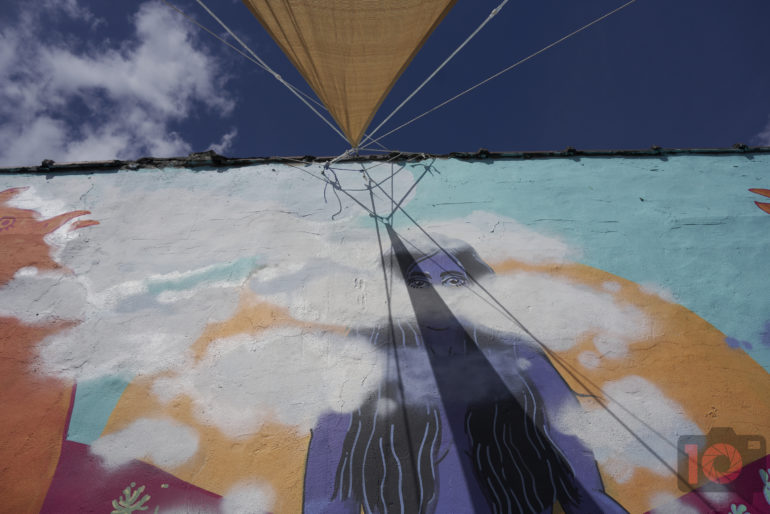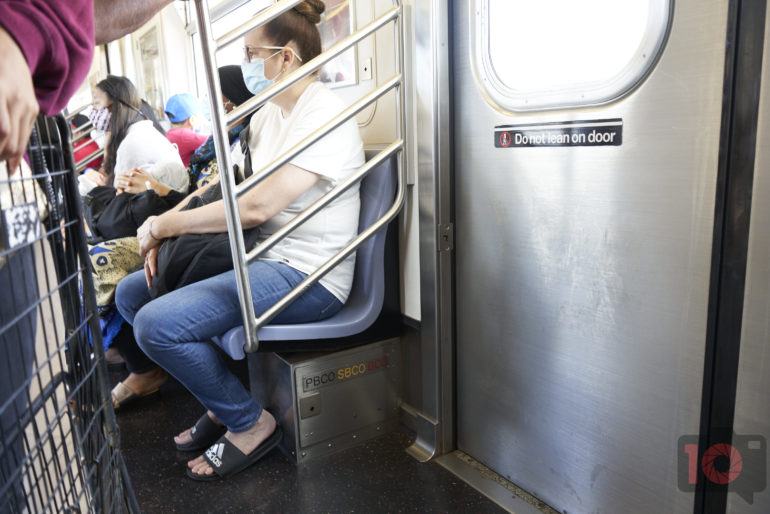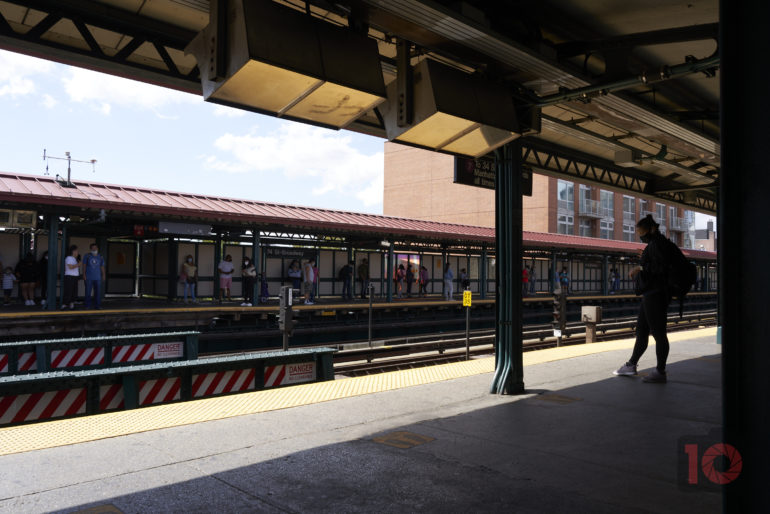The Sony 28-60mm f4-5.6 was designed to be a small zoom lens, but they didn’t need it.
“What the hell did you do, Sony?” That’s what I thought as I sat in a Go-To meeting looking at this lens. The Sony 28-60mm f4-5.6 is clearly outshined by the new Sony a7c today. But I’m also wondering why Sony even made it. Sure, a smaller kit zoom is a welcome addition, but they also have small prime lenses. How about their 35mm f2.8 FE? Or the 28mm f2 FE? The Sony 28-60mm f4-5.6 gives you versatility with only a stop of difference between the wide end and the long end. Optically speaking, they also did a decent job. But as I found in my review, this lens shouldn’t be paired with the Sony a7c. Instead, it’s an okay option for the higher end a7 series camera models.
Pros and Cons
Pros
- Compact
- Fast-focusing
- Fairly sharp
- Weather-resistant
Cons
- Really not a lens for low light unless you’ve got excellent image stabilization
- Do we really need another kit lens?
- Why such a slow aperture?
- Not sure why I’d choose this over one of the company’s fantastic prime lenses
Gear Used
We tested the Sony 28-60mm f4-5.6 with the Sony a7c and the Sony a7r III.
Tech Specs
Tech specs for the Sony 28-60mm f4-5.6 are as follows:
- 3 aspherical elements
- 7 aperture blades
- Linear motor
- Retracting design
- 5.8 oz
- Dust and moisture resistant
- Close focusing
Ergonomics
The photo above shows the Sony 28-60mm f4-5.6 when entirely collapsed. You’ll need to line up the little dots. The only controls on it are the zoom ring and the focusing ring.
Turn the lens, and you’ll activate it when set to 28mm. Now it’s ready to shoot. And overall, it still stays tiny.
When you look at this lens, you’ll believe you’re staring at a prime. But that’s because it’s just so small.
Build Quality
The Sony 28-60mm f4-5.6 has weather resistance. This one of my favorite things about it. At the mount, you can physically feel the rubber gasket. It’s small, but it’s there. So that means that you can shoot in the rain with it and have little issues. When the lens is fully collapsed, it feels and looks like a prime. To activate it, you just turn the zoom ring. It’s built well enough. But I’m also not sure that this lens will survive a solid front hit. So be careful if you’re walking around with the camera around your chest and neck. Typically speaking, I still prefer small primes. So much less can go wrong with them with less moving parts.
Autofocus
On the Sony a7c, I didn’t really like the autofocus in low light. That camera has the same processor as the a7r IV. The low light autofocus is one of the reasons I didn’t upgrade to it. But the photo above was shot on the Sony a7r III. And the autofocus is much better on that camera. If you’re shooting street photography, you’ll like the Sony 28-60mm f4-5.6. But if you’re also just photo walking around town, it’s an excellent lens to use.
Ease of Use
The most complicated thing about the Sony 28-60mm f4-5.6 is the activation process. You basically have to be a bit rough with it. The lens comes standard fully collapsed. When you twist the zoom ring, you get to the zoom settings. When you’re done using it, you’re supposed to turn it all the way to the collapsed setting. f you’re using this lens, you’ll have no other issues. The only further primary control is the manual focus ring. Otherwise, it’s a breeze to use.
Image Quality
The Sony 28-60mm f4-5.6 has decent image quality. It’s not going to win any awards. And for what it’s worth, pretty much everyone else makes a sharper kit lens. But this one is still more than satisfactory for most folks. Again though, I’d instead reach for a prime lens.
Bokeh
The small aperture range and the wider angles don’t really allow this lens to have such beautiful bokeh. To boot, there are also only 7 aperture blades. This lens is the mild-mannered man of lenses–there’s nothing too special about it. Nothing stands out really except for the small size.
Chromatic Aberration
The wider end of this lens keeps distortion down a lot. And that’s nice. But in Capture One 20, we still suppressed it a bit. At least there are no fringing issues.
Color Rendition
Again, the Sony 28-60mm f4-5.6 isn’t bad. But the colors are also just standard. I’d expect to see this from a Micro Four Thirds sensor. This lens doesn’t take the full advantage of your camera’s sensor output for sure.
Sharpness
With good lighting, the Sony 28-60mm f4-5.6 is pretty sharp. But…take a wild guess!
Extra Image Samples
Conclusions
I’m not even bothering writing a full likes and dislikes list. There’s nothing incredibly exciting about this lens. Sure, it’s collapsible. But we live in a world of small, high-quality prime lenses. Even for someone stepping up to their first camera, Sony should offer something a bit more substantial. It’s not a bad lens, but it’s hard to get excited about it. It feels like an afterthought.
The Sony 28-60mm f4-5.6 receives three out of five stars.


